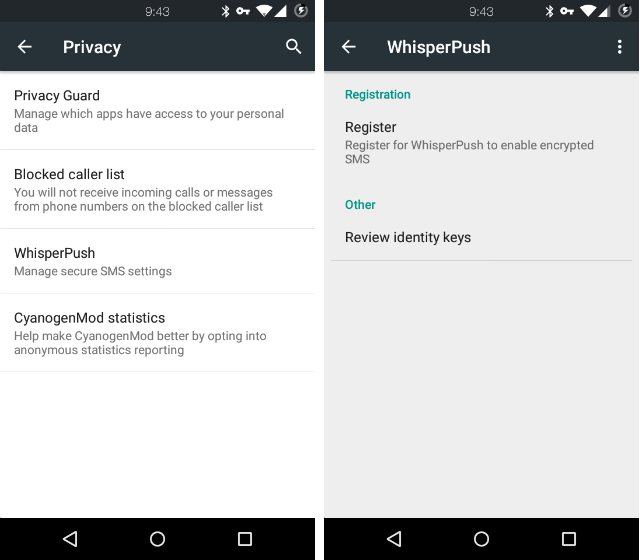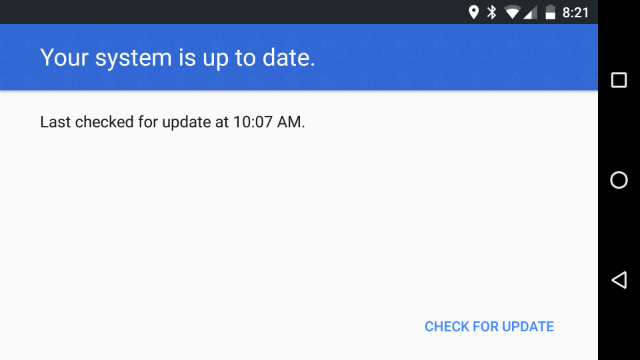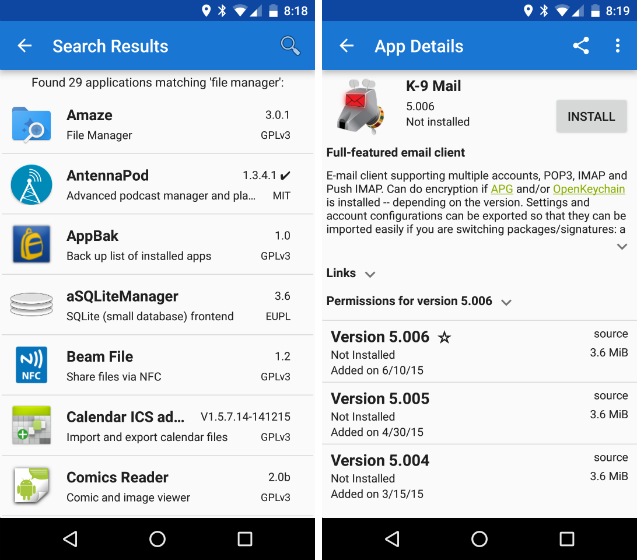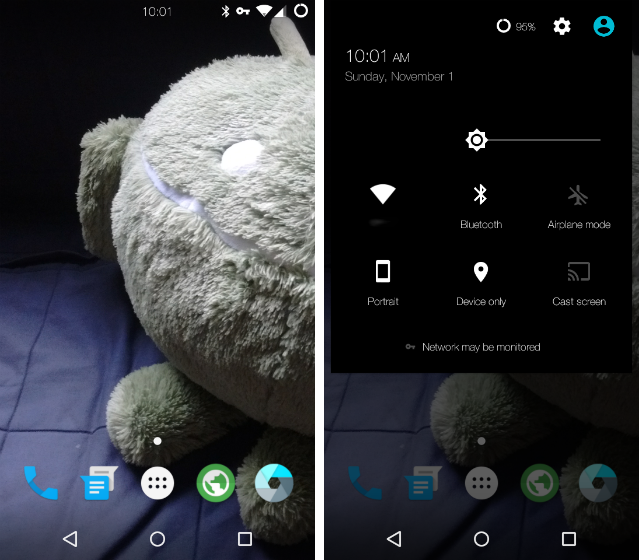

Stock Android has come a long way over the years, and the Nexus program has replaced custom ROMs as the fastest way to experience the latest version. Other manufacturers may still make various tweaks to the software, but the experience isn’t as bogged down as it used to be.
Why, then, would you still want to find and install a custom ROM? (And what exactly is a custom ROM?)
Smartphones go wherever our pants go. They linger around in our purses. In the living room, in the car, in the office — they’re there, and they’re picking up a lot of information about us along the way. They know our voices, the people we text, the photos we share, the places we drive, the places we shop, and the games we use to kill time. What do they do with this information?
You can go crazy trying to obtain complete privacy, but flashing a custom ROM does give you a bit more control. Not only can choose not to install certain Google apps, but you often have a greater say in what parts of your phone are accessible.
Just because you have to grant certain permissions to install an app from the Play Store doesn’t mean you have to let it maintain access forever. CyanogenMod also ships with the option to encrypt your texts without having to install another app.

Smartphones tend to come with more software installed than we need. Carrier’s often sell devices with their own apps for texting, voicemail, watching video, or other things. Unlocked phones often come with ways to add stickers to photos, doodle using a stylus, or create GIFs that you may have zero interest in.
Even Nexus devices come pre-loaded with Google apps that you may not want.

You can’t uninstall most of the software that ships pre-installed. Android lets you disable apps, but even then, you may not be able to hide everything. Switching to a custom ROM may be the only way to fully get rid of the default launcher or alternative app store that you have no interest in ever seeing again.
When I buy a computer, I know I’m getting a piece of hardware I can use for years. Generally speaking, I don’t have to replace the thing until I’m tired of it.
That’s not the case with phones. Each device you see in a carrier store comes with an expiration date. Most phones will see updates for no more than two years. Some won’t even make it half that. This leaves buyers stranded on old versions of Android, where they’re vulnerable to security exploits and increasingly less able to run the latest apps.

The thing is, most phones physically outlive their support contract. Manufacturers and carriers may not want to roll out additional updates, but that doesn’t mean phones can’t handle them.
Switching to a custom ROM will let you enjoy the latest version of Android long after your device’s official end of life. Like with your PC, you can then decide how long you use the thing you paid good money for.
This corporate influence over how you use your phone extends well beyond pre-installed apps and receiving updates. Maybe they don’t have plans to implement a feature on your device that your version of Android already supports. Perhaps they haven’t optimized the software to efficiently utilize the hardware. Maybe you like some of the manufacturer’s tweaks, only to find that that they have no intentions of ever updating the software.
Personally, this leaves me feeling more invested in a company’s decisions than I feel with other products. For the most part, a car is a car. You won’t come across a new Saturn Ion at a dealership anymore, but existing ones are still functional vehicles that do what their owners need them to do. You can still play games made by developers that went out of business. When you go to the store to buy a hammer, do you even care what brand it is?

But with phone makers, we’re heavily affected by the decisions they make. You may have paid full price to own a piece of hardware, but out of the box, the manufacturer stills determines what you do with it. Swapping out the official software gives you more control.
Your phone transitions from being part of a contractual relationship to a tool that you can use as you wish. This, to me, feels like true ownership.
Android is an open source operating system, though it may not feel all that much like one. Most of the apps that we install run proprietary code. The services that bring us core functionality are locked away from tinkerers. How do you weed through all of this to find out what software is open source?
Easy — install a custom ROM. Popular projects like CyanogenMod base their code off what goes into the Android Open Source Project (AOSP, for short). Certain common apps like the dialer, calculator, and clock remain open. Others have turned proprietary, like Gallery (now replaced by Google Photos) and Search (now bundled with Google Now and the default Android launcher).
Open source purists can buy an Android phone, flash a ROM, choose F-Droid over the Play Store, and walk away with a decent experience on top-of-the-line hardware. There may still be some closed bits here and there, but overall you’ll end up with a mobile experience relatively similar to the freedom you have on a Linux desktop.

Speaking of freedom, you’re about to take tweaking your phone to the next level. Android is already immensely customizable, letting you swap out the launcher, replace icons, and create gestures. But a custom ROM gives you access to everything else.
Like having the clock at the center of the notification bar? Put it there. Wish you had a search icon next to the home button? Slide one in. Hate the changes your manufacturer made to the way stock Android looks? Get rid of them, apply a theme from the Play Store, or create an entirely unique look of your own.

This may just be the most enjoyable part of the experience — so dive in and have fun!
There are many reasons not to install a custom ROM. The process is risky, and if you’re not careful, you can render your device unusable. Even if you succeed, you may lose out on functionality that worked when you first bought the device. I have seen a phone unable to establish a GPS connection for navigation.
More annoyingly, I’ve had a device fail to connect to mobile data. Even worse, one phone I flashed would drop the cellular connection when it went to sleep, losing the ability to receive texts or calls until I woke it back up.
But if you find a stable ROM, you could end up with an experience that’s more stable than the default software. Just take your time and do your research beforehand. Some phones and tablets receive better support from ROM developers than others.
What has your experience been with custom ROMs? Do you still flash them? Did a bad experience put you off? Have modern phones reduced your desire to tinker with the operating system? Share your thoughts!
Image Credit: Morguefile




 Pokémon Rumble World (3DS) beginners guide
Pokémon Rumble World (3DS) beginners guide Shadowrun: Hong Kong Guide to all the possible Endings and Unlockable Achievements
Shadowrun: Hong Kong Guide to all the possible Endings and Unlockable Achievements Top Ten Genderbent Cosplays
Top Ten Genderbent Cosplays Kid Icarus: Uprising Walkthrough
Kid Icarus: Uprising Walkthrough 5 Tips Before You Play Your First Hearthstone Game In Open Beta
5 Tips Before You Play Your First Hearthstone Game In Open Beta